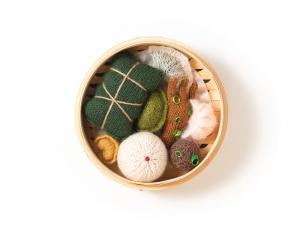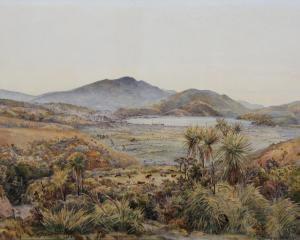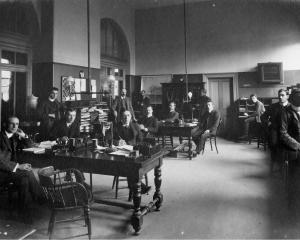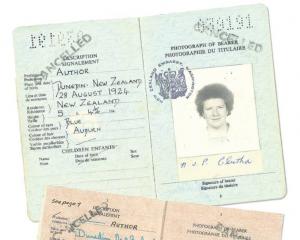
The threads of Oamaru’s creativity are pulled together in an exhibition at Forrester Gallery, linking the town’s design past to its creative present and providing inspiration to rangatahi.
The exhibition, "Maritza Boutique | Oamaru-London" features eight garments from the Waitaki Museum collection made by the Maritza Boutique (or with fabric from the boutique), Marjory Dench (the boutique’s founder) or Maritza Tschepp (Marjory Dench’s daughter).
In pulling together the strands of past, present and future, the project highlights and celebrates the creativity of our smaller rural towns.

In 1974 they opened a fabric store in town, a move that delighted home sewers like Sue Johnston, whose kaftan made from Maritza Boutique fabric is in the exhibition.
Marjory Dench’s daughter, Maritza Tschepp, had designing in her blood and childhood. She had several entries in the Benson & Hedges Fashion Design Awards, winning the award in 1977.
Tschepp did not work for the boutique but went on to design in London under her own label, "Maritza", and for other companies. There are three garments designed and made by Maritza for her mother in the exhibition.
Every garment in the exhibition highlights how these women created the latest fashions using modern fabrics and techniques to make clothes that suited the wearer.
While developing the concept for the exhibition our team wanted to draw links between our design past and our creative present, so we invited some local artists to create "wearable accessories" as responses to the Maritza garments. They had behind the scenes access to our collection and used it as inspiration.
These artists all use different media and techniques, some explored new ideas with their response while others worked in their favourite media. In the end, seven artists took part, having the opportunity to be inspired by and exhibit alongside Oamaru’s design history, showcasing our local art community’s talent and range of skills.

Imogen Stockwell is curator, visual arts at Forrester Gallery, Oamaru.












